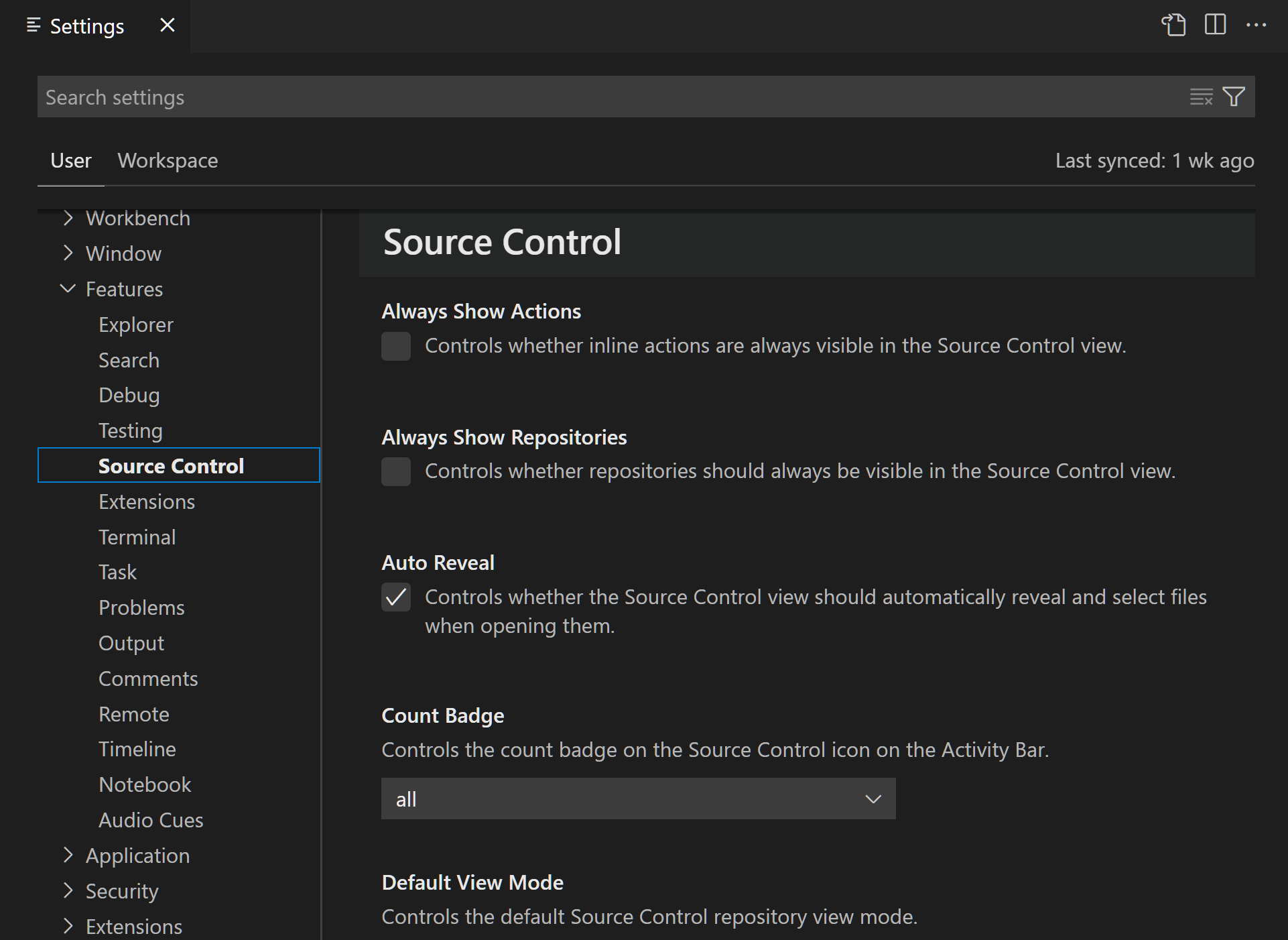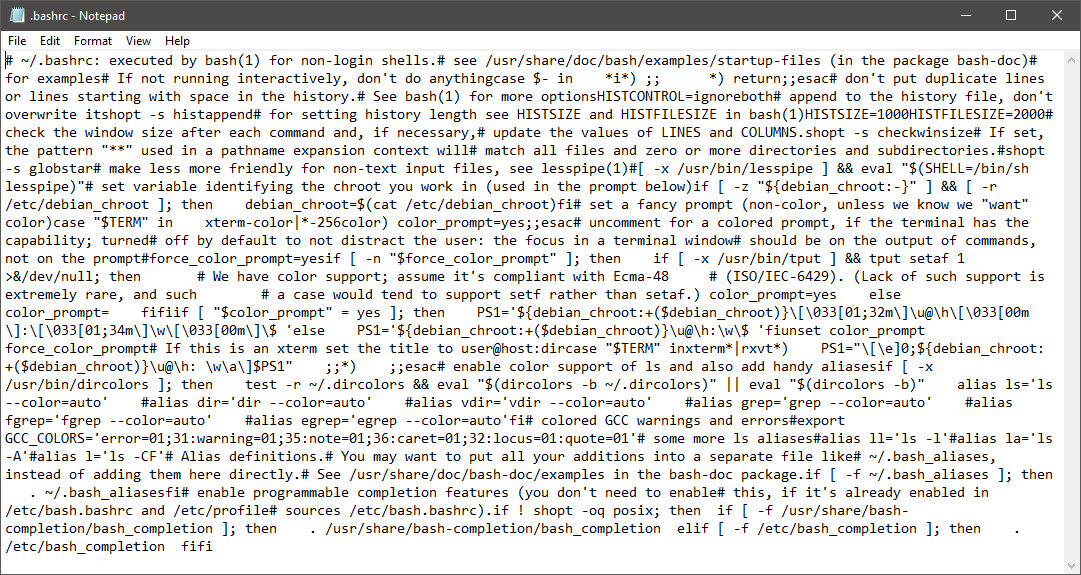
- #Windows vs mac text file newline mac os x#
- #Windows vs mac text file newline code#
- #Windows vs mac text file newline mac#
#Windows vs mac text file newline code#
If then echo "File $fname updated with mode $mode." else echo "Conversion failed return code $?. * ) # - Not strictly needed since mode is checked first.Įcho Invalid mode $mode.aborting.
#Windows vs mac text file newline mac#
Perl -pi -e 's/\r\n|\n|\r/\r/g' "$fname" # Convert to old Mac Perl -pi -e 's/\r\n|\n|\r/\n/g' "$fname" # Convert to UNIX # sed -e 's/\r$//' -i '' "$fname" # DOS to UNIX (removing CRs)

You can either run unix2dos on your DOS/Windows machine using cygwin or on your Mac using MacPorts.
#Windows vs mac text file newline mac os x#
Mac OS X is Unix based and has the same line endings as Unix. # sed -e 's/$/\r/' -i '' "$fname" # UNIX to DOS (adding CRs) In Mac text files, prior to Mac OS X, line endings exist out of a single Carriage Return character. # Plus, these variants are more universal and assume less. # unix2dos ) # sed does not behave on Mac - replace w/ "todos" and "tounix" If then echo Input file $fname may be a binary file.aborting. # - If the OS thinks it's a binary file, abort, displaying file information. If then echo Input file $fname does not exist.aborting. If then echo Invalid mode $mode.aborting. If then usage fiįor checkmode in $modes do if then validmode=yes fi done # - Check there are 1 or 2 arguments or print usage. # - If 2 arguments use as mode and filename Modes="unix2dos dos2unix todos tounix tomac"Įcho "NOTE: The tomac mode is intended for old Mac OS versions and should not be"Įcho "The file is modified in-place so there is no output filename."Įcho "The script does try to check if it's a binary or text file for sanity, but"Įcho "Symbolic links to this script may use the above names and be recognized as" # = The script does use the file command to test if it is a text file or not, # = can be omitted - it is inferred from the script name. # = If SCRIPT is one of the modes (with or without. # = MODE is one of unix2dos, dos2unix, tounix, todos, tomac The following is a complete script based on the above answers along with sanity checking and works on Mac OS X and should work on other Linux / Unix systems as well (although this has not been tested). In Mac text files, prior to Mac OS X, line endings exist out of a In Unix text files lineĮndings exists out of a single Newline character which is equal to a DOS Line Feed (LF) character. In DOS/Windows text files line endings exist out of a combination of two characters: a Carriage Return (CR) followed by a Line Feed (LF).

Regular files, such as soft links, are automatically skipped, unless conversion is forced.ĭos2unix has a few conversion modes similar to dos2unix under SunOS/Solaris. The Dos2unix package includes utilities "dos2unix" and "unix2dos" to convert plain text files in DOS or MAC format to UNIX format and vice versa. You probably want unix2dos: $ man unix2dosĭos2unix - DOS/MAC to UNIX and vice versa text file format converterĭos2unix


 0 kommentar(er)
0 kommentar(er)
